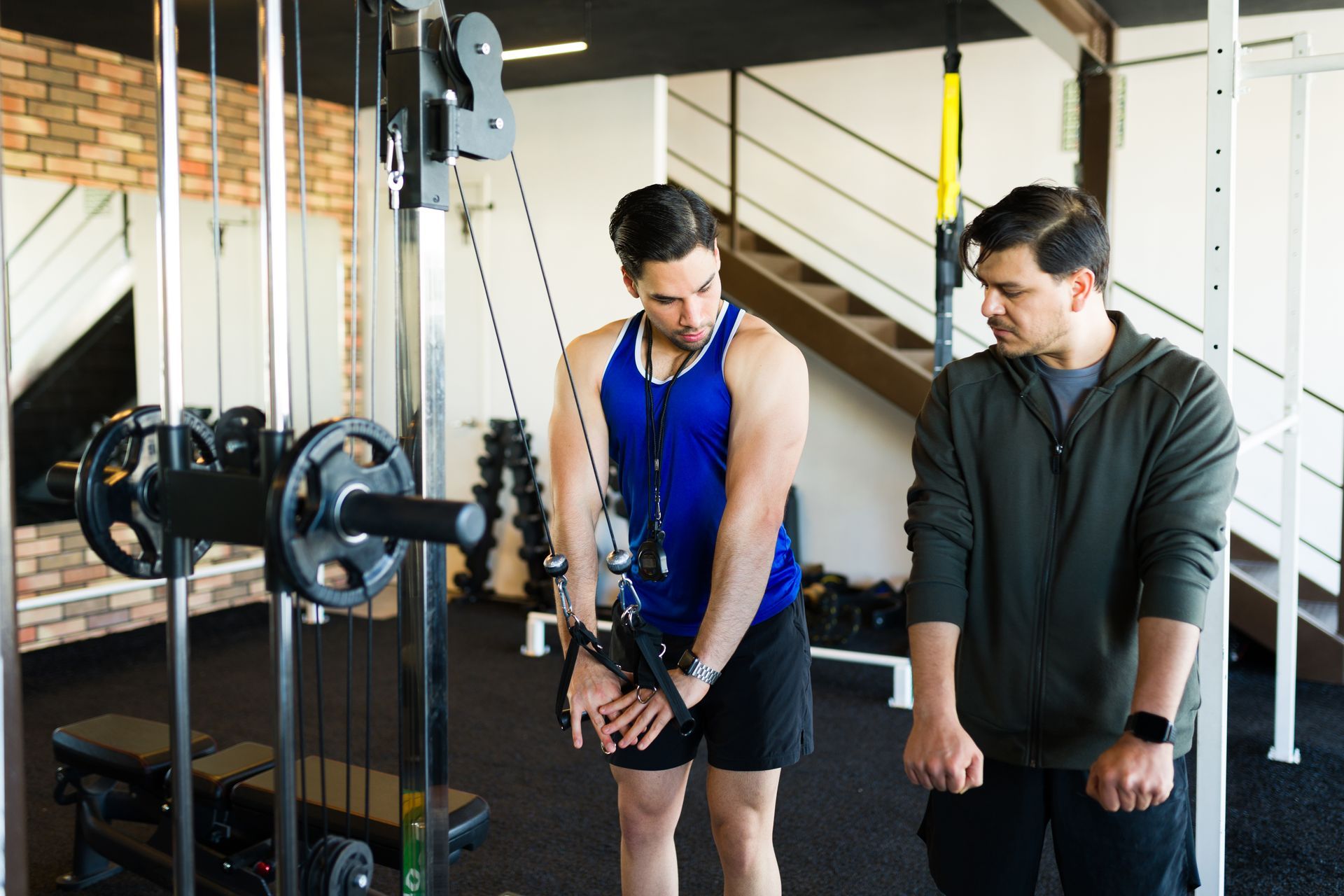December 13, 2021
Holiday Binging - How To Avoid Weight Gain
The holiday season is a time of joy and celebration. There are holiday parties, holiday dinners with family and overall, it's holiday treats galore!
It's practically inevitable that you will gain some weight during the holiday season - especially if you're not careful.
In this blog post, we'll discuss how to avoid weight gain during the holidays so that your hard-earned progress doesn't go down the drain.

How Do You Gain Weight, Actually?
Alright, if we try and get down to the core of it all with fundamental analysis, we can conclude that there is a specific reason why you gain weight...
We all know that "overeating causes weight gain." Logic then tells us that if you manage the amount of food, you can eat any food type you want. It’s the CONSISTENTLY going way above your daily needs for maintenance that will cause you to gain weight.
And though that seems to happen a lot during the holidays, one must remember that just a small percentage of the weight gained during the holidays is fat.
You also gain:
- Muscle and Liver glycogen (stored carbs)
- Water
- Food Weight
So here’s for a mental checkpoint - Don’t stress out over a couple of pounds gained. Instead, focus on long-term habits!
Let Your Soul Loose
There is a tendency for people to fall so seriously into diets and nutrition plans that their entire perspective on food is warped.
This is exactly when one may be worried about overeating for a couple of days during the holiday.
However, if you give your soul some more food than what your body needs and you are mentally okay with that and don't feel guilt, you can, in fact...
Leverage The Binge!
Yes, that's right - Binging on food doesn't necessarily have to mean gaining a bunch of unhealthy weight.
Think of the binge as an abundance of energy, which can be used for physical activities that will stimulate the body in a good way.
In short – when your food intake is higher during the holidays, STAY ACTIVE and TRAIN INTENSELY.
Of course, this means making the time during the busy holiday season to do so. But if your health, fitness, and wellness are a priority, you can certainly find the time to get your workouts in.
If you are too stressed to think about how you’re going to fit your workouts in, you’ll have to tackle that holiday weight gain from the other side…controlling your caloric intake. This next section is for that very purpose.
Here Are Five More Tips To Control Binging
If you have a really big problem with self-control, holiday binging can truly get out of hand. Even if this is the case, there are definitive ways to manage your cravings.
Check out these tips below:
- EAT SEQUENTIALLY
The human stomach was made to digest almost anything and everything. But nevertheless, the different nutrients get chemically digested in different parts of the digestive system.
For this reason, eating your nutrients sequentially in each meal may improve the feeling of satiety, as well as overall digestion and gut health.
Simply - Whatever holiday food you are eating, eat first the proteins and veggies and then move on to the starchy/sugary carb sources.
If the foods on the table mix all nutrients together, however, fear not! Just chew the food longer, as that will ease the work of your stomach as well as let your “I’m full” signals reach your brain.
- EAT PLENTY OF PROTEINS AND FATS
If you want to avoid overeating, you NEED to be satiated and not think about food.
And well, that is only possible through quality proteins and fats, mainly from animal sources.
However, though animal sources do provide proteins and fats that are satiating, the most satiating food you can eat is...
- POTATOES!
You may already know this. If not, you can say you heard it here first - If the holiday dinner table has potatoes to offer, don't be afraid to combine them with anything else you have on your plate.
In doing so, you will increase satiety and make it far less likely to overeat. Obviously, the closer they are to their natural state the better. Baked with a little oil, salt, and pepper is way better than an au gratin version.
To Wrap It Up
Managing your holiday eating habits doesn't have to be difficult, nor do you have to gain excess weight.
Stay active, stay mindful, and if you happen to eat more food - Use that energy





